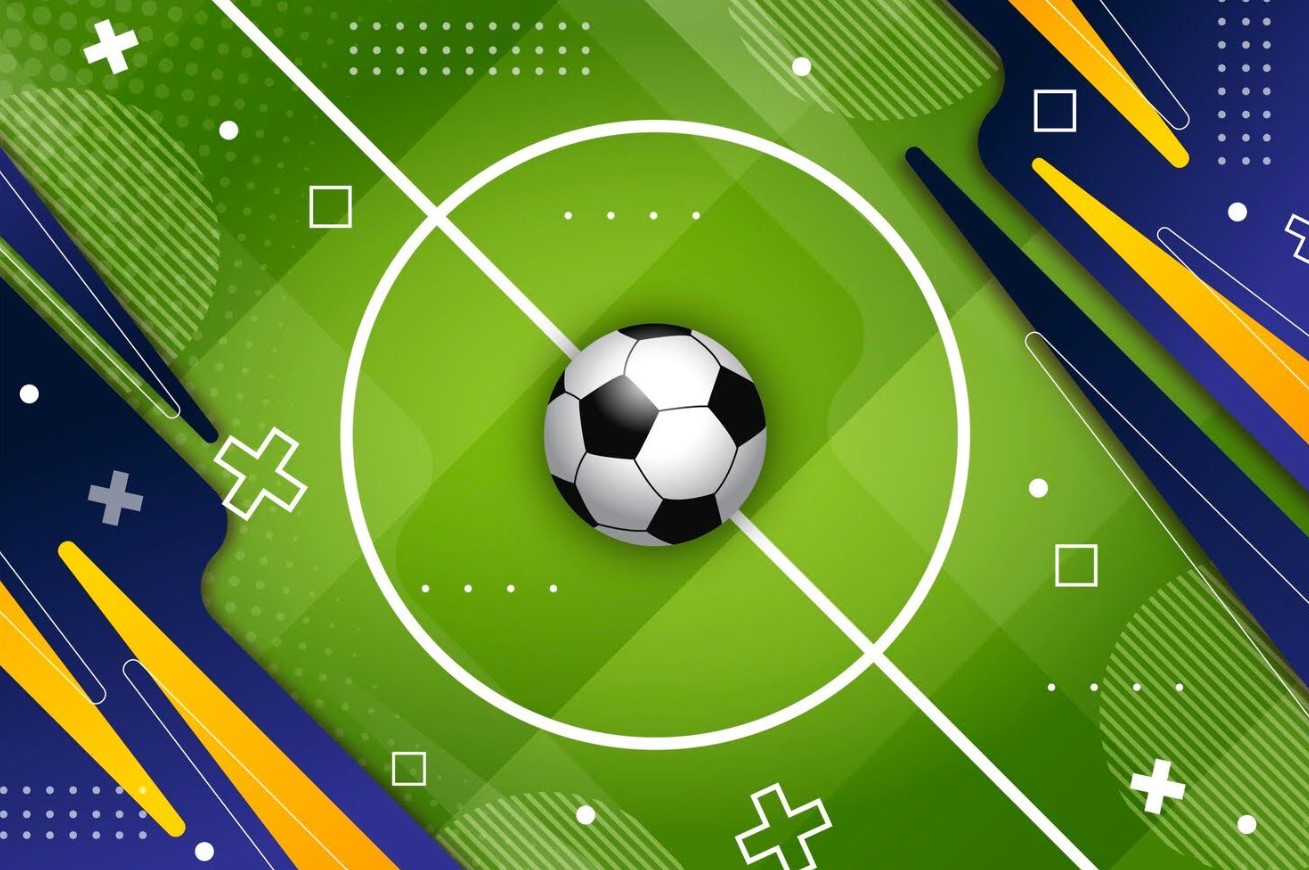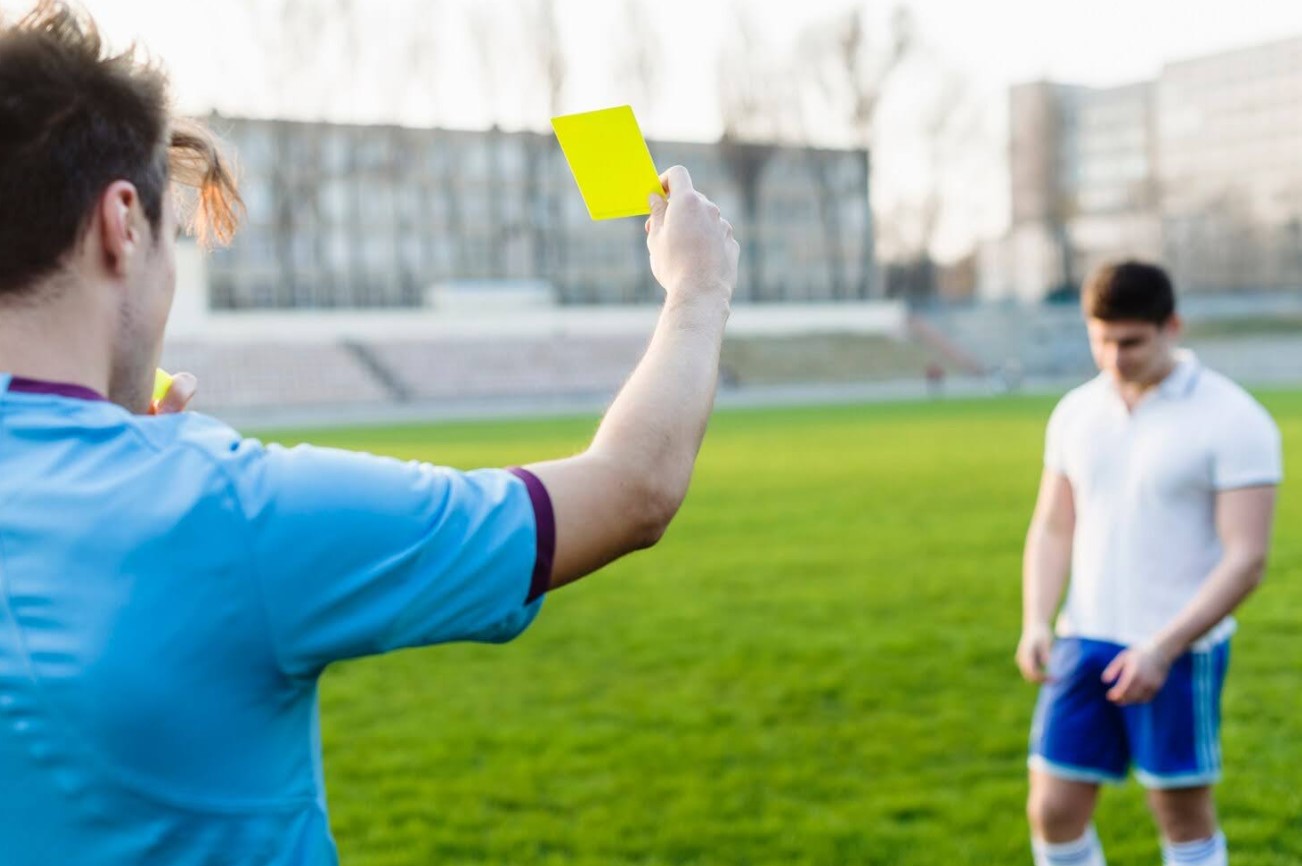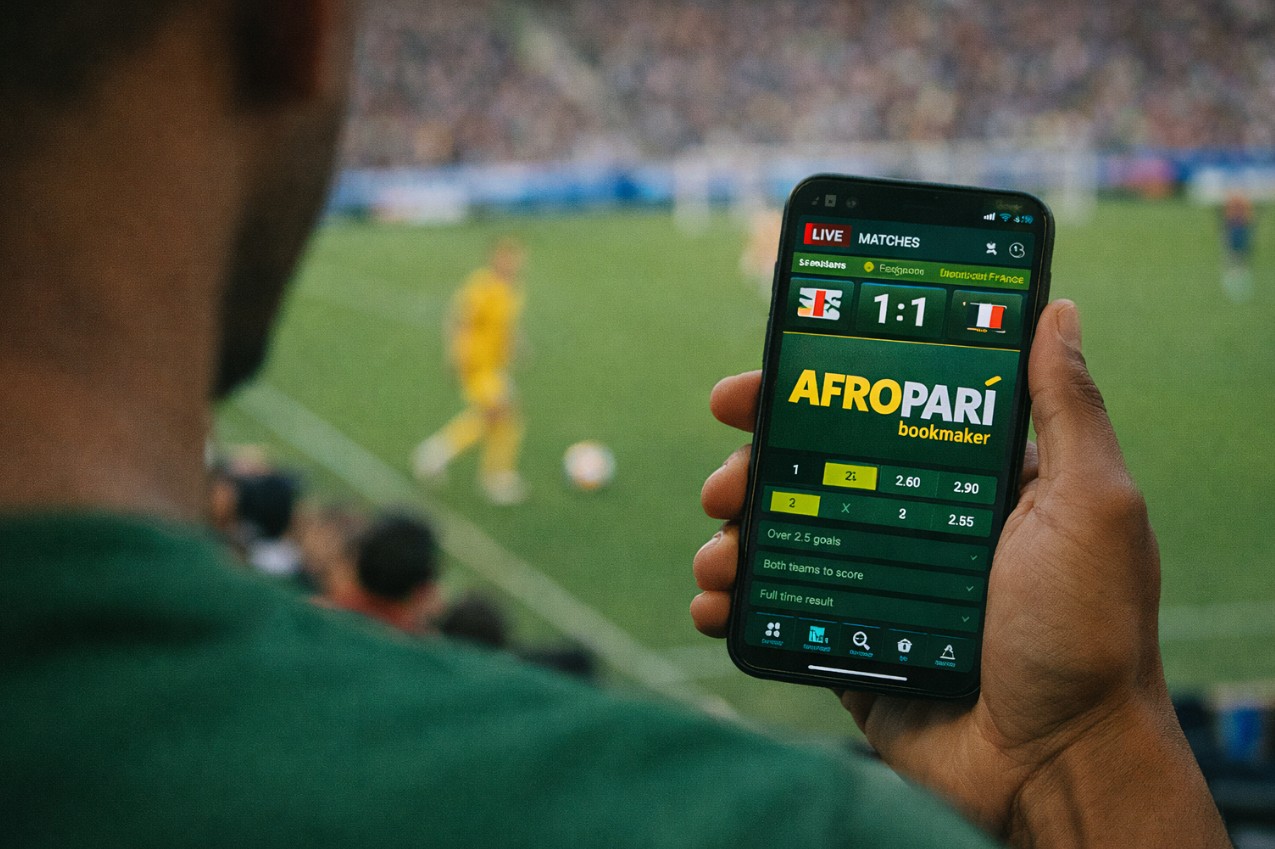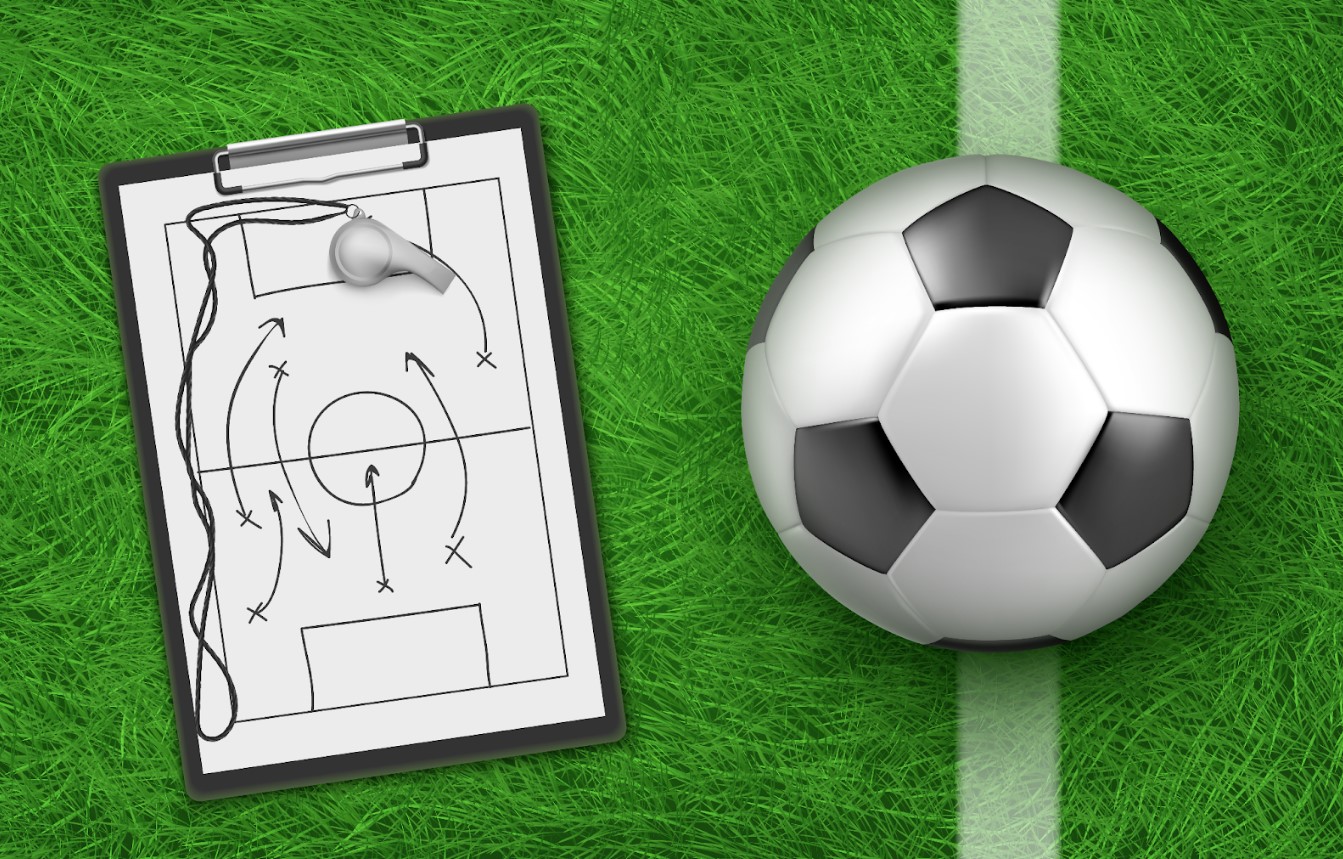From Chaos to Order: How VAR Changed the Soccer Game
There was a day when one misjudged decision could

There was a day when one misjudged decision could torment a country. Diego Maradona's "Hand of God" goal, and Frank Lampard's 2010 World Cup goal that was disallowed — these moments incited global outrage, and the referee's word was final. That was the game. Until it wasn't.
In 2018, after decades of bitter debate, the governing bodies of soccer introduced a revolution in the form of the Video Assistant Referee (VAR). The world's most popular sport has been revolutionized ever since in ways that few would have dreamed — changing the way fans watch it, how players react, and how the game is decided at the highest level.
The Rise of VAR: Why Soccer Needed a New Lens
Long criticized for lagging behind in technology adoption, soccer finally embraced VAR to reduce clear and evident errors. Initially used in some local tournaments, VAR debuted in its full World Cup form in Russia in 2018 — and became an instant one of the tournament's features.
For a game that is admired for its improvisational feel and free-form rhythm, video reviews, at first, felt like an interruption of play. But millions of dollars, reputations, and championships were on the line, so the stakes were too high to leave to human eyes.
In the booming sportsbook industry, accuracy is more vital than ever. Viewers who wager on online betting sites in Bangladesh now believe in instant VAR decisions that can flip odds within seconds. A goal called back or a spontaneous penalty whistle isn't just about reversing the game — it can reverse destinies, lift hearts, and retell tales in seconds. These situations are no longer open to speculation — they're stopped, zoomed in, and decided with scalpel precision.
But VAR isn't about avoiding errors. It's about restoring faith. It's about justice. And even if it hasn't given us an infallible game, it's certainly made it irretrievably answerable.
What VAR Looks At — and What It Doesn't
Although VAR has had a massive impact, it only intervenes in select decisions. Its use is targeted, not absolute, and reserved for specific match scenarios where errors can be match-decisive.
Key Situations Where VAR Is Used
| Situation | What VAR Can Do | Ref’s Final Word? |
|---|---|---|
| Goals | Review offside, fouls, or handballs in a buildup | Yes |
| Penalties | Check for missed or wrongly awarded penalties | Yes |
| Direct Red Cards | Confirm or correct straight red card decisions | Yes |
| Mistaken Identity | Correct if the wrong player is booked or sent off | Yes |
Notably, VAR does not review all fouls or offside — only those that directly affect key decisions. The referee's ruling remains final even after reviewing the screen.
And while it has cleared up some decisions, it has introduced new debates: "Was that handball deliberate?" "Did he interfere with play while offside?" VAR has not ended controversy — it has merely altered where it starts.
The Cultural Shift: Players, Coaches, and Fans Adapt
In the VAR era, every goal is not just followed by celebration — but also by uncertainty. The fans look at the screen. The players look at the referee. The coaches hold their breath. It's a new rhythm, one where feelings are put on hold and technology takes a star turn for a few anxious moments.
Referees, too, have had to change. Their work is more complex now — balancing instinct with input from the booth. And players have found that no cunning goes unnoticed. Shirt-pulling, diving, and off-the-ball fouls are spotted more often, so there's a cleaner (and sometimes more cautious) style of play.
This technological failure also impacts businesses off the field. Online sites like Melbet — known for their sports betting services — have incorporated VAR data into live odds calculations, ensuring that what happens on the field is instantly accounted for in bets. In a digital sports economy where precision is the key, these kinds of integrations are now inevitable — not an option.

Of course, not everyone is thrilled. Purists argue that VAR strangles the spontaneous drama of the game. That it's too clinical. Too slow. Too inconsistent. And those criticisms aren't without merit. The issue isn't simply technological — it's philosophical. Can you keep the soul of a game when slicing it up in slow motion?
The Legacy VAR Is Building — And What’s Still to Come
We’re only a few years into the VAR era, and already the game feels different. Major finals have been decided after reviews. Underdogs have found justice. Superstars have faced scrutiny. The sport is evolving — and it won’t stop here.
Some changes that may come next:
- Automated Offside Technology: Trialed in tournaments like the FIFA World Cup, half-automatic offside identification could make delays virtually invisible.
- More Use Cases: More scenarios — like yellow cards or set-piece checks — could eventually fall under the VAR remit.
- Fan Transparency: Broadcasters can start to air the actual VAR sound, like rugby or NFL, to give more clarity to fans.
The challenge ahead is balancing clarity with flow. Ensuring fairness without losing feeling. It’s a tightrope walk — but one worth taking.
Soccer's always evolved — from leather balls to goal-line technology. VAR is just the latest installment in a long series of adaptations. It hasn't improved the sport. But it's made it more precise, more accountable, and — whether we like it or not — more up-to-date. For a game played in over 200 countries, maybe that's exactly what was needed.







